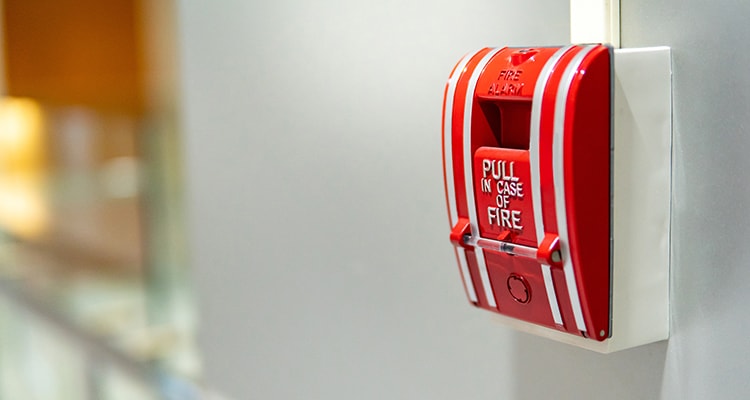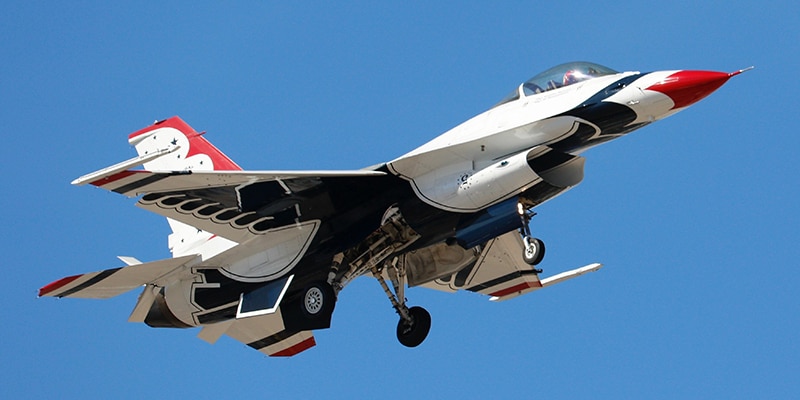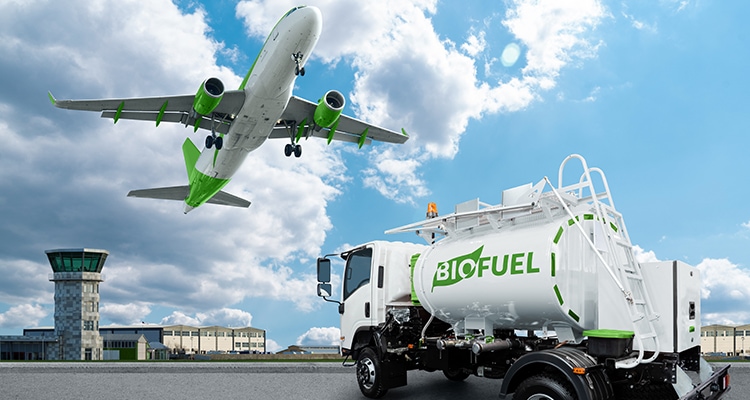Top 5 Aerospace Supply Chain Disruptions & Other Aerospace News

What are the key disruptions threatening the aerospace industry?
Top 5 Aerospace Supply Chain Disruptions
Aerospace is one of the top five industries impacted by supply chain disruptions, according to EventWatchAI, Resilinc’s global event monitoring platform, which collects information and monitors news on 400 different types of disruptions across 104 million global sources.
Here’s a look at what Resilinc identifies as the biggest challenges facing the aerospace industry.
#1 Factory fires. Fires and explosions at warehouses, factories, and plants, as well as investigations and force majeure due to fires, are the top disruption in aerospace and have been the leading supply chain disruption across all industries tracked by Resilinc for five consecutive years. Simple safety measures—such as stocking extinguishers and training employees—can reduce the potential risk of factory fires.
#2 Labor disruptions. In 2023, the aerospace industry saw approximately 887 labor disruptions—a 66% jump from the year prior—which include company, site, union, and national strikes as well as layoffs, labor walkouts, protests, and more. Labor disruptions were a particular problem across all forms of global transportation as well.
#3 Mergers & acquisitions. While M&As can positively affect the industry, leading to improved technologies and more resilient companies, it takes time to merge data, suppliers, and systems, which can cause challenges.
#4 Business sale. 2023 saw more than 800 business sale disruptions in aerospace. Business sales include the sale of factories and plants, the sale of assets and subsidiaries, and brand/portfolio sales. Similar to M&As, business sales can increase supply chain resilience as companies acquire new technology and expand portfolios. However, business sales can also create increased security threats and delays while assets and information change hands.
#5 Factory disruptions. Factory disruptions include accidents, closures, and temporary shutdowns at warehouses, plants, and factories. There can be many reasons for factory closures—including industry growth. Even the most minor delays and shutdowns can cause significant issues across the supply chain.
Flying High

The 10 largest aerospace companies in the world:
- Boeing, US
- Airbus, France
- United Technology, US
- Lockheed Martin, US
- Northrop Grumman, US
- GE Aviation, US
- Raytheon, US
- Rolls-Royce, UK
- Leonardo, Italy
- Safran, France
Loose Ends
After United Airlines and Alaska Airlines discovered loose parts on multiple Boeing 737 MAX 9 aircraft, grounding 171 planes, industry experts raised new concerns about how the aircraft is manufactured.
The Federal Aviation Administration completed inspections of 40 grounded planes and says it will “thoroughly review the data” to determine if it is safe to allow the planes to resume flying.
Complexity Clouds A&D

The aerospace & defense (A&D) industry is facing unique challenges created by geopolitical conflicts, sustainability regulation and expectations, and shifting demand, finds Deloitte’s 2024 A&D Outlook report.
Key takeaways for supply chains include:
The A&D supply chain remains complex. The A&D supply chain is a complex, globalized ecosystem of customers and original equipment manufacturers; multiple tiers of suppliers; and maintenance, repair, and overhaul providers. This complexity makes implementing diversification and transparency across the value chain extremely difficult, but imperative.
By maintaining strategic raw material reserves, committing to bulk buying of long lead time items, exploring alternate sources of supply, and digitizing operations, A&D companies may position themselves well to handle any continued fragility across the entire supply chain.
Digital transformation will make a difference. Digital transformation in the A&D industry is largely impacted by regulations, priorities, and resources—but those who are prepared to adopt digitalization and advanced technologies such as Generative AI could gain a competitive advantage.
Sustainability matters. The industry faces evolving consumer demands for enhanced technology, greater sustainability, reduced emissions, higher performance systems, and lower costs, which may all factor into decision-making on supply chain processes.
5 Sustainability Trends Driving Change in Aerospace

The aerospace industry should keep an eye on five sustainability trends, according to Bryan Christiansen, founder and CEO of Limble CMMS.
#1: Advanced aircraft design. Aircraft manufacturers can improve performance by making slight improvements to aircraft. They can enhance engine designs for improved fuel efficiency, improve aerodynamic designs, explore the use of lightweight fabrication material, and use advanced coatings.
#2: Use of sustainable aviation fuels. The utilization of sustainable air fuels (SAFs) is taking shape as airlines strive to achieve net-zero emissions. These fuels have similar chemical characteristics to fossil fuels but with fewer ozone depletion capabilities; they release carbon that has already been extracted from the environment. Emissions from SAFs have a shorter life cycle, which further reduces their ozone depletion rates.
#3: Urban air mobility. Two technologies—electric vertical takeoff and landing (eVTOL) aircraft and drone deliveries—are front runners in the urban air mobility sector. Although at an infancy stage, eVTOLs promise to revolutionize air travel for short and medium-distance flights. Companies are using drones for last-mile deliveries across cities, with their payload capacities increasing over time.
#4: Advanced propulsion technology. Modern and future aircraft will not rely only on fossil-powered engines. The push for sustainable flights is revolutionizing the design of aircraft and spacecraft propulsion systems.
#5: Optimize air travel management. Airlines can minimize their carbon footprints by digitizing air travel management and leveraging advanced technology to improve route planning and asset maintenance and enhance operational efficiency.
